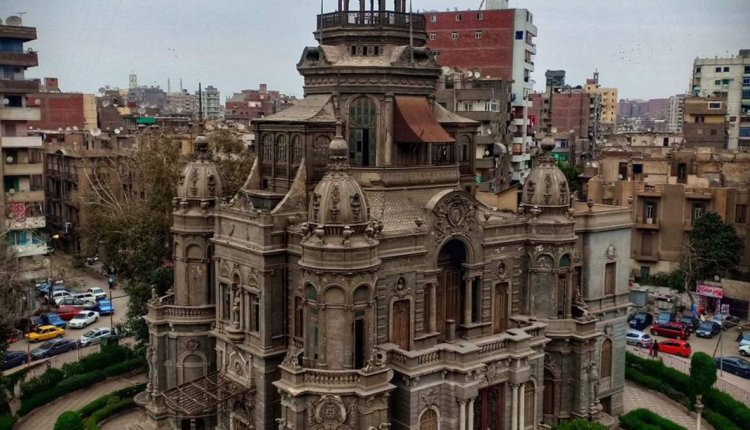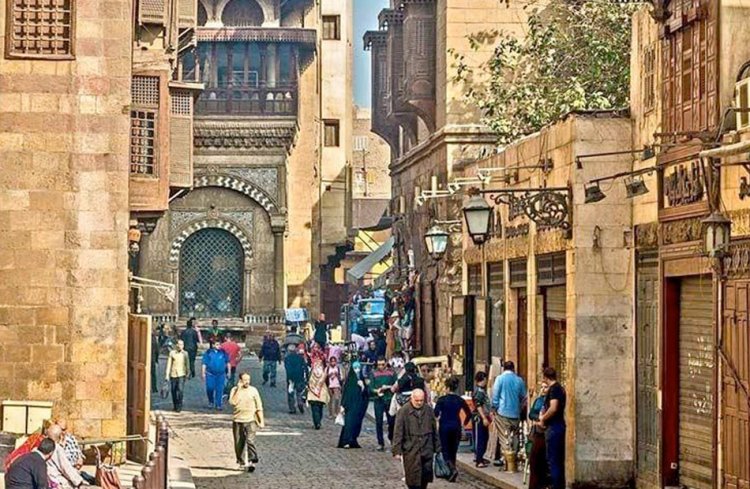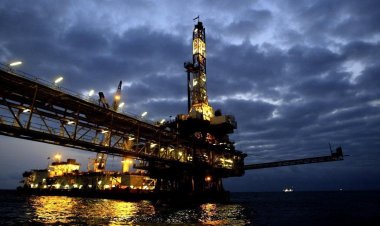The law prohibits the demolition of 5 types of buildings and structures

The law regulating the demolition of non-collapsible buildings and structures and the preservation of architectural heritage, issued by Law No. 3 of 2020 amending some provisions of Law No. 144 of 2006, defined the properties and heritage buildings whose demolition is prohibited.

In accordance with the executive regulations of the law regulating the demolition of buildings and facilities that are not liable to collapse and the preservation of architectural heritage, the committee for the classification of buildings and structures issued by a decree from the competent governor shall classify the buildings and structures with a distinct architectural style associated with national history or a historical figure, or that represent a historical era, or that are considered tourist attractions .
This is to state the extent of its compliance with the standards and specifications of the buildings and facilities issued by the decree of the Prime Minister, and for the committee, in order to accomplish its tasks, to refer to the documentary information and databases for these buildings with the relevant authorities.
Article (2) stipulates that the Buildings and Facilities Registration Committee shall register the properties whose demolition is prohibited in records explaining the reasons for the registration of the buildings and facilities, as follows:

1- The buildings and facilities of the distinguished architectural style.
2- The buildings and facilities associated with national history.
3- The buildings and facilities associated with a historical figure.
4- The buildings and facilities that represent a historical era.
5- The buildings and facilities that are considered tourist attractions.
The data on the buildings and facilities are recorded in the records, and in particular:
1- The location of the buildings and properties in detail.
2- The components of the building and its details.
3- The name of the owner and the occupants.
4- The legal status of the buildings and facilities.
5- The use of the building and its function.
6- The quality of the construction.
7- The apparent structural condition of the building.
8- The elements and parts that should be preserved.
The records are supported by photographs of the buildings and facilities whose demolition is prohibited, and the committee also records any new properties or removes them if the need arises.


 Shrouq
Shrouq 












